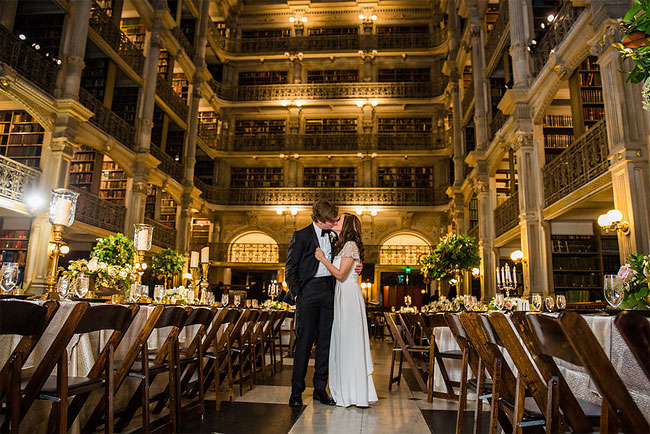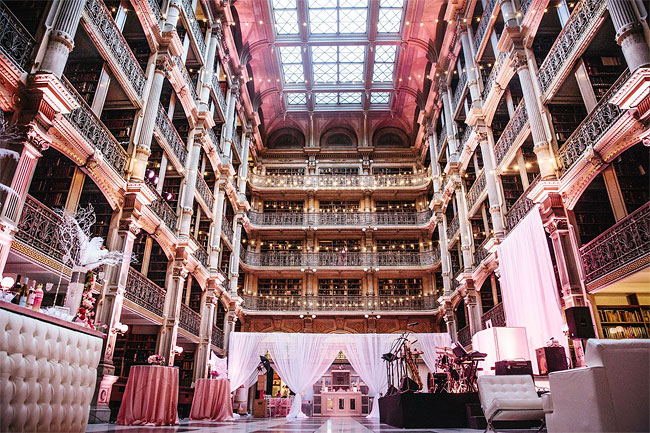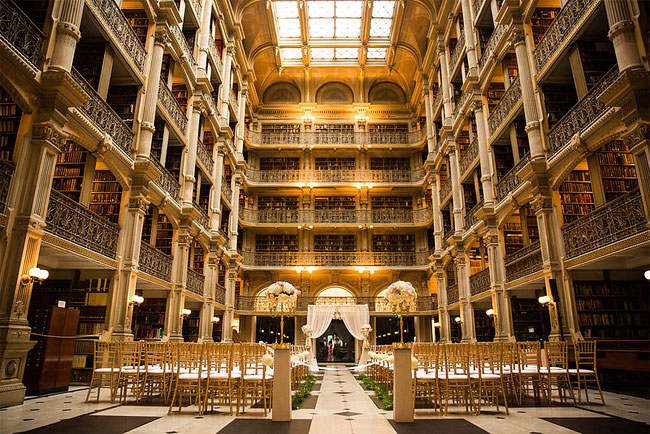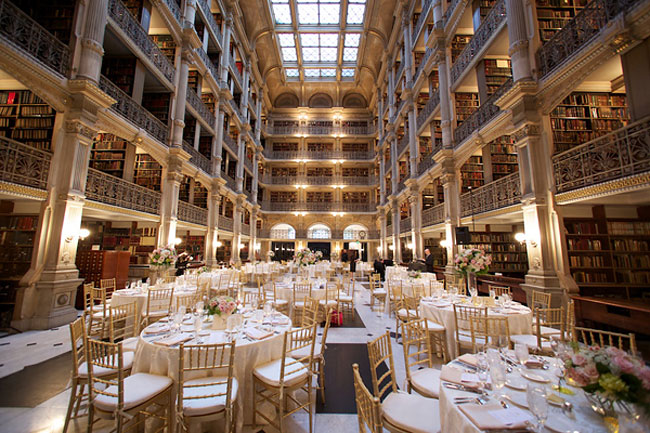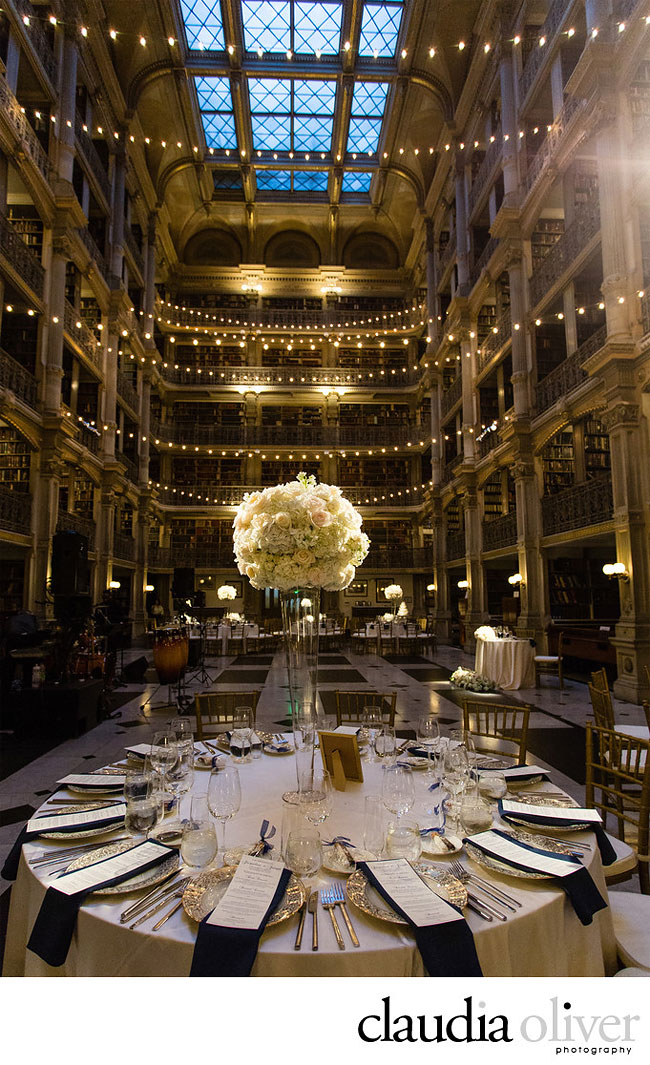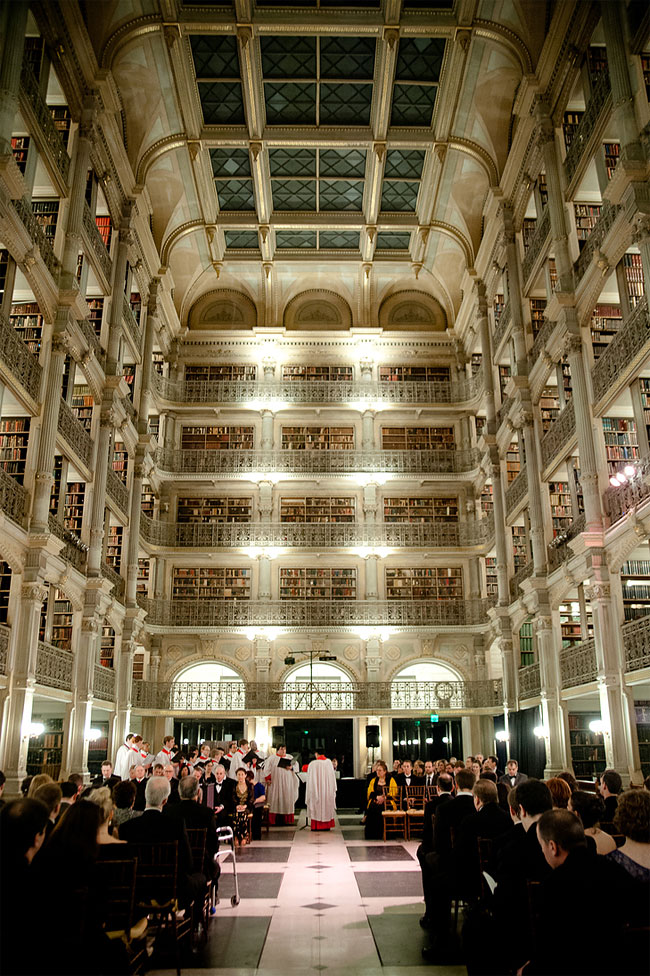The Magnificent Interior Of The George Peabody Library In Baltimore

The George Peabody Library, formerly the Library of the Peabody Institute of the City of Baltimore, dates from the founding of the Peabody Institute in 1857. In that year, George Peabody, a Massachusetts-born philanthropist, dedicated the Peabody Institute to the citizens of Baltimore in appreciation of their “kindness and hospitality.”
More info: The George Peabody Library
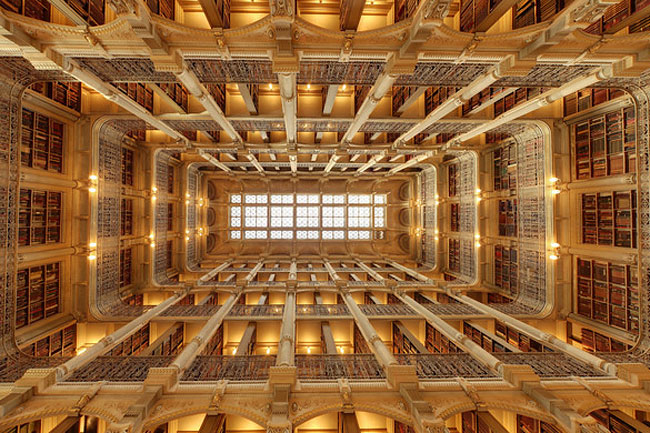
The Peabody Institute, according to George Peabody’s charter, originally comprised a free public library, a lecture series, a conservatory of music and an art collection. The Institute is now a division of The Johns Hopkins University.
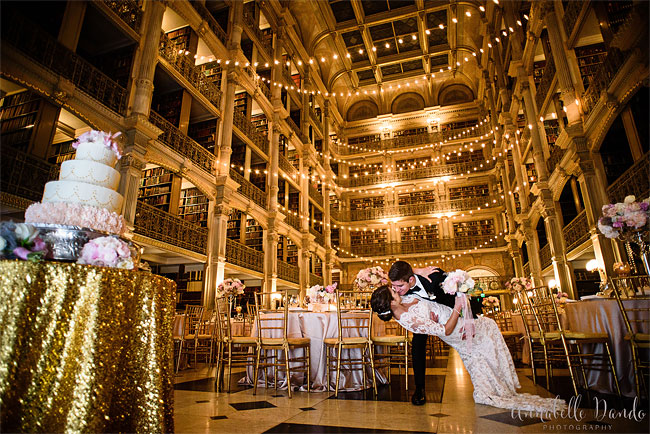
The Peabody Library building, which opened in 1878, was designed by Baltimore architect Edmund G. Lind, in collaboration with the first provost, Dr. Nathaniel H. Morison. Renowned for its striking architectural interior, the Peabody Stack Room contains five tiers of ornamental cast-iron balconies, which rise dramatically to the skylight 61 feet above the floor. The ironwork was fabricated by the Bartlett-Robbins Company. The architecture of the Peabody Library is discussed in James D. Dilts and Catharine F. Black’s Baltimore’s Cast-Iron Buildings & Architectural Ironwork (1991).
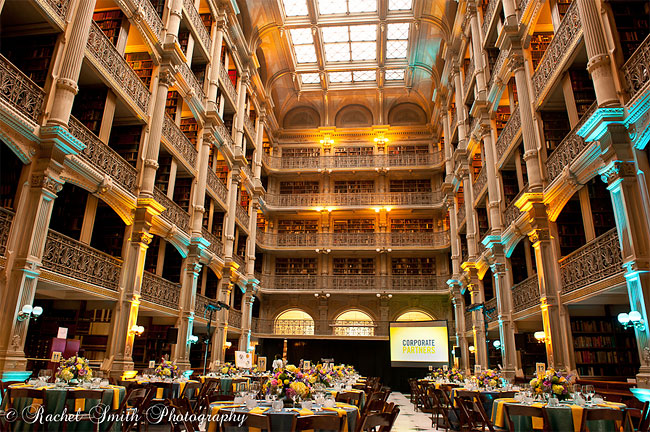
The Peabody Library remained part of the Peabody Institute until 1966 when the library collection was transferred to the City of Baltimore and administered as a department of the Enoch Pratt Free Library. The collection was transferred again in 1982, this time to The Johns Hopkins University. The George Peabody Library is now a part of the Special Collections Department of the university’s Sheridan Libraries. Maintaining the provisions of Mr. Peabody’s original gift, the George Peabody Library is a non-circulating collection open to the general public.
